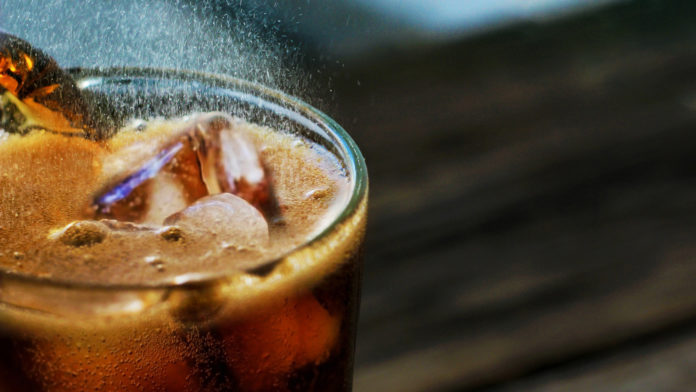It’s clear that Canada has a problem with consuming too much free sugar — whether it’s the sugar added to many processed foods, or the naturally-occurring sugar found in fruit juices, honey and syrup.
Two out of three Canadians get more than the recommended 10 percent limit of their calories from free sugars, and a large amount of that overconsumption comes from sugary drinks like sodas, sweetened coffees and teas, energy and sports drinks, and juices.
In 2021, Newfoundland and Labrador became the first Canadian province to introduce a tax on sugar-sweetened beverages. At 20 cents per litre, a can of locally-produced Pineapple Crush now has a higher provincial tax imposed on it than the same volume of gasoline.
But whether this will actually make a difference in consumption is a complex question.
Drinking plain water is the best way to stay hydrated, but the truth is that in many parts of rural Canada, drinking tap water isn’t a palatable option. On any given day in Newfoundland and Labrador, there are around 200 rural communities that are under a boil water advisory.
Even when the tap water isn’t contaminated, it is often cloudy or has a metallic taste. Residents have the option of collecting drinking water from public treatment plants, but it costs $2 per gallon and the sites are often located far from their communities.
That leaves many residents to rely on packaged drinks, and soft drinks are often the cheapest and closest option.
Companies that produce sweetened drinks also have the option to simply drop their own prices, keeping the overall product price the same for the end consumer. These products have such high profit margins that this is a feasible strategy to keep their sales volumes high.
Paul Veugelers, professor of public health at the University of Alberta, led a study that calculated the economic cost of sugar overconsumption across all foods and drinks that contain free sugars. He and his team found that getting to the more stringent cap of five percent of calories consumed coming from free sugars, Canadians could save up to $5 billion every year in healthcare costs by reducing rates of chronic diseases like diabetes and obesity. The study was published in The Canadian Journal of Public Health.
“Healthcare costs for chronic diseases are ballooning,” said Veugelers in a press release.
“We not only need to make our healthcare system more efficient, we should also act on the demand side by investing in primary prevention to ensure we have fewer patients with chronic diseases. Addressing sugar consumption is one strategy to achieve that.”
While taxation may work in some situations, like in cities with easy access to clean tap water, the context matters. Improving access to clean water in rural and remote communities should be an urgent priority for policymakers. Collected taxes could also be used to subsidize education programs or the cost of bottled water for communities that rely on packaged drinks.
It’s easy to blame the burden of sugar-related health conditions on individual choices, but in many cases the healthy choice isn’t an easy one to make. Until we address the real barriers that people face, a sugar tax is likely to disproportionately impact low-income and rural Canadians. Policy needs to address all the complex parts of that reality.








































